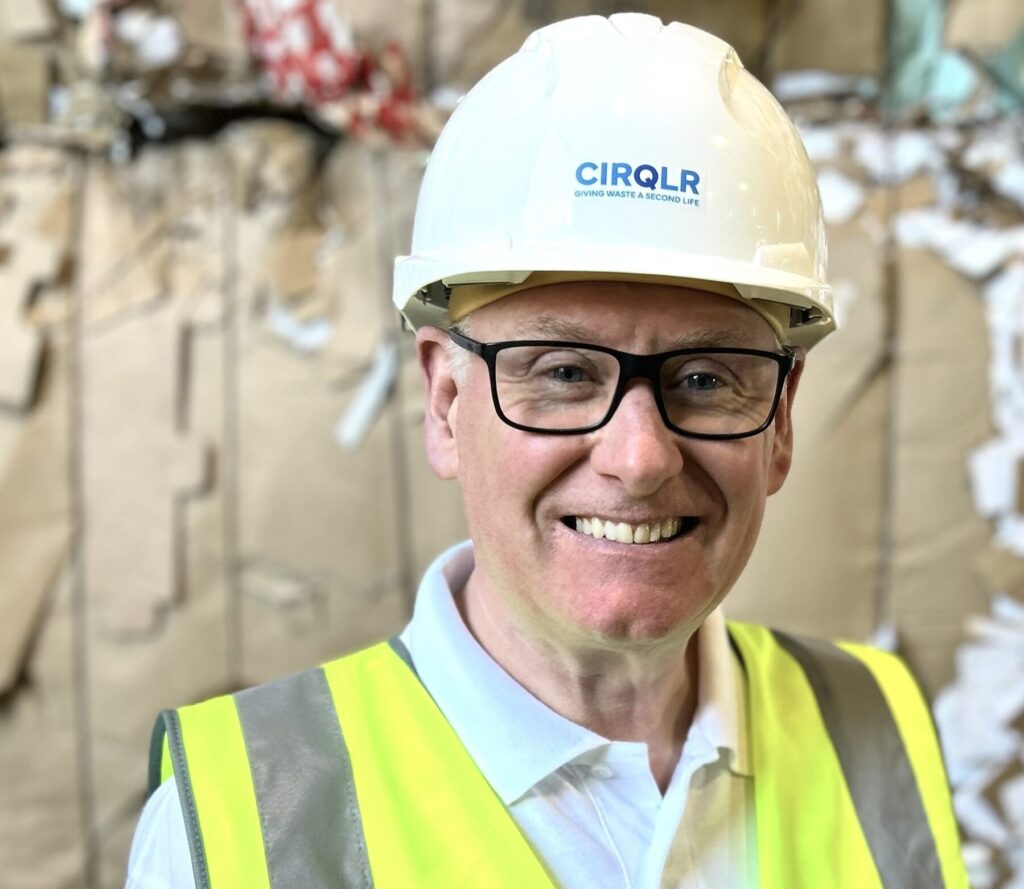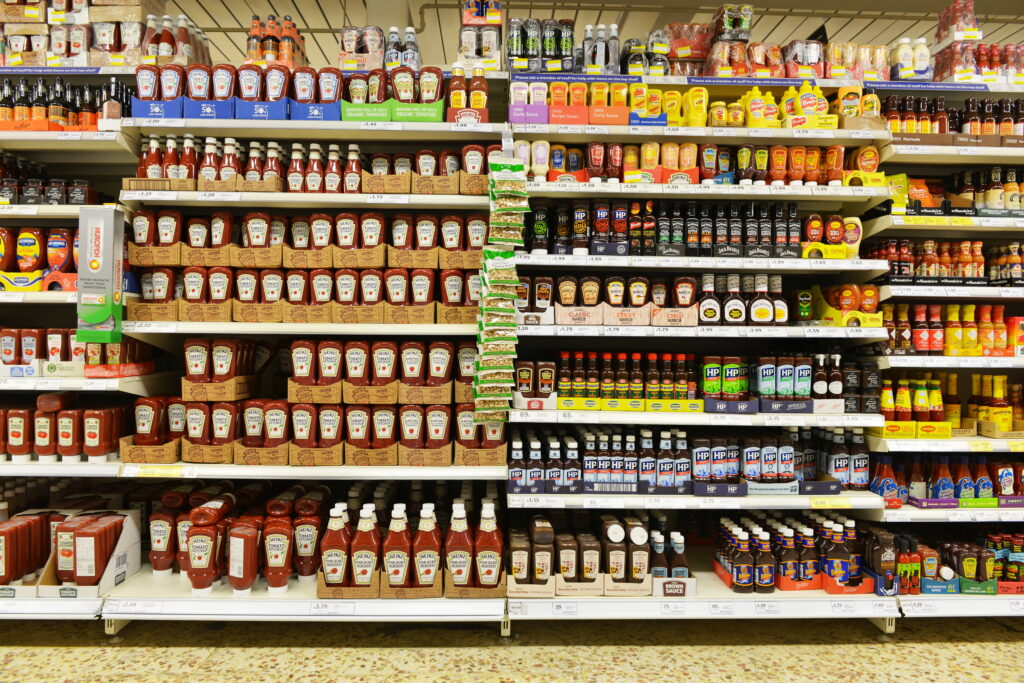The waste and resource management business has made further investments in equipment at its Scottish glass recycling facility which is situated at Newhouse, in countryside between Glasgow and Edinburgh. The company hopes the investment will help the facility meet the high quality standards for cullet demanded by bottlemakers.

Newhouse – which has been described as one of the UK’s most advanced facilities – was a £25m investment which opened in 2015, and is designed to offer a closed loop solution for container glass in Scotland. The facility is reported to recover up to 97% of input materials.
The majority of the feedstock for the site is provided by local authorities (around 60%). And, the facility has contracts with some 17 local authorities out of 32 in Scotland for glass. Other sources include pubs, clubs and SMEs.
Technology
The glass recycling site features Mogensen technology and uses advanced colour-sort recycling, capable of managing both mixed and colour-segregated glass.
The centre encompasses 15 ‘scientific eye’ optical sorters, x-ray sorters, over half a kilometre of conveyor belts and 2.5km of electrical cabling across three floors of processing towers.
When glass arrives it goes through a first sorting stage removing 90% of contamination such as ferrous material, non-ferrous material and organic wastes.
This is achieved using a vareity of machinery including eddy current separators and over-belt magnets. After the first stage of sorting the glass is then dried at between 140 to 200 deg celsius resulting in the glass having around just 2% moisture.
The cullet is then sized to fractions between 6-10mm, 10-16mm and 16-50mm using vibrating mesh screen sizers. Once the sizing stage is complete the cullet goes through optical sorting into different colours – green, amber, flint and then two by-products are generated: CSP – ceramic, stone, porcelain – and glass fines which go out as aggregate.
All of the cullet recycled at the facility is sold to bottlemakers, to be manufactured into new bottles and jars.
The facility is designed to reduce reliance on imported materials for whisky and beverage bottles, with the whisky sector in particular relying on the outputs of Viridor’s assets, the company says.
Quality
According to Viridor, there is a move towards less segregation at the source and more commingled/contaminated glass, which has resulted in a tightening of good quality glass bottle in the market.
“More and more the markets – whether its glass or paper – are driving towards tougher and tougher quality,” says Paul Brown, Viridor’s managing director of recycling.
“The quality you talk about gets down to parts per million, so it gets down to that to that detail, those margins,” adds Steve Weaver, Viridor’s head of recycling assets. “That’s difficult when you’re dealing with infeed material – that one cup that somebody quite innocently puts in the glass bin – that throws us way out of specification.”
Mr Weaver explains that Viridor has had to make investments in both of its glass recycling facilities in Sheffield and Newhouse – to allow the facilities to take the commingled material from materials recycling facilities (MRFs). Both were originally designed to take single source separated glass bottles and jars.
Newhouse has the capacity to handle up to 200,000 tonnes of glass bottles and MRF-derived material per annum although it currently handles below this figure. About 20% of the input is from MRF-derived sources.
However, the company says MRF-derived glass is on the increase which, as a result, is causing output quality challenges to the UK glass recycling industry as a whole.
However, with the MRF material processed to a high level it can also be blended with single source cullet, as Mr Weaver explains.
“We can’t take large majorities of that material but we have made an action so that we can cope with a percentage mix of good single source bottle with commingled MRF material.
Contamination
“But a big potential issue for us with the way the markets are going is that more commingled glass from MRFs is replacing single source, and that is going to give us more challenges both in our equipment to handle it, but also in meeting the recycling specifications of the end user.”
Contamination that causes the greatest problems to bottle manufacturers is ceramics, stones, porcelain, heat resistant glass – such as Pyrex – plastic, paper and organics.
Mr Weaver explains that Pyrex jugs cause problems because the material has a higher melting point than normal glass, which can result in inclusions – causing weak points in the glass.
“CSP – ceramics, stone and porcelain – that’s the stuff we try to ensure we remove – that’s what our end customers just don’t like,” Mr Brown adds.
Mr Weaver says: “End of waste status has been achieved but it’s extremely difficult and to do that we have had to add on further machines for Pyrex detection and CSP and we’re going to do investments in this site to improve the plastics levels.”
In terms of the growing levels of contamination, Paul Brown says: “It affects not just the environmental but it actually fundamentally affects the commercial viability of glass recycling.”
UK markets
And, Mr Brown says for some there is a temptation to export the recycled glass abroad, with exchange rates and the uncertainty surrounding Brexit.
“How do we make sure that to move towards a circular economy, we are retaining as much recycled glass on the shores of Britain as possible?”
Paul Brown
Viridor
“How do we make sure that to move towards a circular economy, we are retaining as much recycled glass on the shores of Britain as possible?” says Mr Brown.“We know we’ve got capacity to do more and so how do we as a country incentivise retaining within the confines of the UK?
“We’ve seen in the other sectors like paper with Operation Sword there are dangers that you have to offshore your reprocessing or recycling assets.”
Mr Brown is keen to see glass remaining within UK markets. He says: “The government policy has a strong impact and the circular economy on investments and adversely if they are not the right policies or the right incentives then it can go against us.”
Reflecting on his time with Viridor, Mr Brown says: “When I came into this business just over a year ago this facility was facing a number of challenges and it just wasn’t getting the right kind of level of attention in feedstock. I spent a lot of time with the Scottish government and Zero Waste Scotland to try and get that message out.
“But there’s still a long way still to go – and it’s the same down in Sheffield – there’s still a long way to go to make glass recycling in the UK more of a success and it all comes down to what we do at the back door of the house and what we put in what bin – it’s as simple as that,” he concludes.
MRF & Markets Conference | 08 March 2018 | National Conference Centre, Solihull
Join us for this one day event discussing material markets, policy, quality, contamination and the latest developments in MRF technology.









Subscribe for free